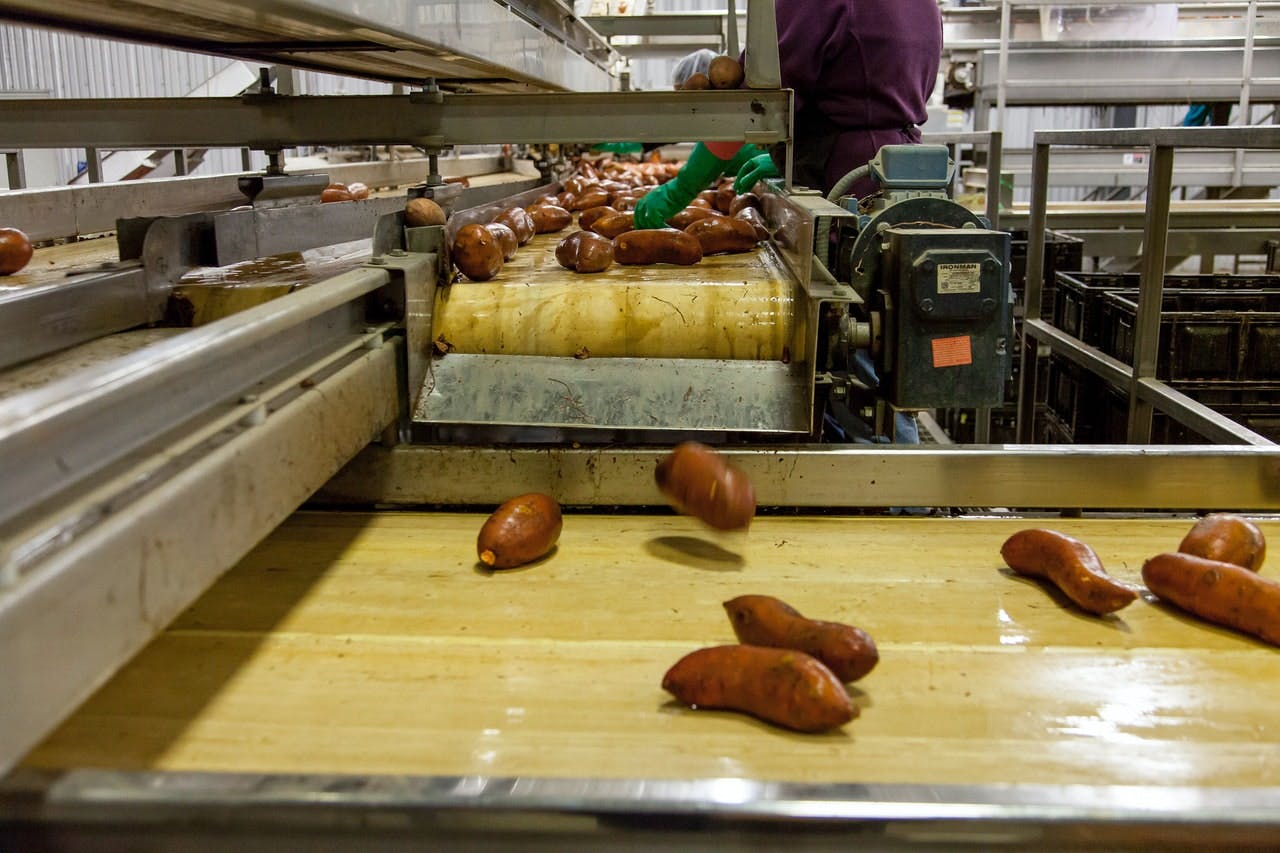Keeping everyone safe is a top priority for most businesses. With so many potential hazards surrounding food hygiene—from growing crops and raising animals to harvesting, processing, transportation, distribution, preparation, and consumption. Having a thorough Hazard Analysis Critical Control Points (HACCP) plan will help reduce the risks associated with foodborne illnesses throughout all food production processes.
HACCP certification was introduced to help prevent the risk of illnesses created by the mishandling of food. The USDA (United States Department of Agriculture), FDA (Food and Drug Administration) and the FSMA (Food Safety Modernization Act) all use HACCP as a preventative measure to monitor the entire food industry.
- What is HACCP Certification?
- What Are the Benefits of Having HACCP Certification
- Building an HACCP Plan
- The Seven Steps of an HACCP Plan
- 1. Perform a Hazard Assessment
- 2. Manage Your Critical Control Points
- 3. Set Critical Limits
- 4. Set Up Monitoring Protocols
- 5. Determine Corrective Steps
- 6. Set Up Confirmation Procedures
- 7. Establish Documentation Protocols
- monitorQA —Your Digital Solution
What is HACCP Certification?
HACCP certification is an internationally known food safety program put in place to prevent food from becoming unsafe in a chemical, physical, and biological manner during production processes.
Certification is awarded to food handling organizations that follow a well constructed and comprehensive HACCP plan.
What Are the Benefits of Having HACCP Certification
- Reduces the risk of foodborne illnesses
- Showcases your high standards for food safety
- Respond quickly and effectively to safety issues
- Increased revenue—some customers require their vendors to have food safety systems in place, giving you a competitive edge
- Record keeping and proper documentation can help legally protect your establishment
- Increased business opportunities—compliance with international trade standards makes you globally competitive
- New businesses who are certified right from the start can gain customer trust and help build their brand
- Build your brand and gain immediate trust in your new business by having certification in place right from the start
Building an HACCP Plan
Whether you have a food processing plant or a five-star restaurant, following the 7 steps of a HACCP plan will empower safety by addressing and controlling chemical, biological and physical hazards as food makes its way through its processing journey.
You won’t see personal hygiene or proper sanitizing techniques directly listed in the 7 steps of a HACCP plan. These, among other common sense practices, are standard operating procedures (SOP’s) and should have their own checklist.

The Seven Steps of an HACCP Plan
1. Perform a Hazard Assessment
A hazard assessment focuses on all conditions that may cause illness or injury if not controlled. In your assessment, note any condition that can be considered hazardous to one’s health or wellbeing: from the food handler’s skill level and cross contamination to the flow of food: how food is prepared from temperature to freezing, volume cooling, thawed, handled, stored, and transported.
Upon determining potential hazards, decide if any individual factors will play a part in controlling the circumstances and severity of the hazard.
2. Manage Your Critical Control Points
Critical control points (CCPs) are the measures taken to reduce, prevent, or eliminate a hazard. When CCPs aren’t properly executed, they can lead to a surge in foodborne illnesses.
Examples of CCPs:
- Reheating
- Cooling
- Cooking
- Washing
Ask questions when establishing CCPs:
- Can the food become contaminated at this stage of the preparation process?
- Can you introduce an additional control measure later in the prep process to reduce, prevent, or eliminate the hazard?
- Is this hazard preventable with corrective measures?
- How will you evaluate the CCP?
- Can the CCP be monitored or documented?
3. Set Critical Limits
Critical limits are a minimum or maximum value to which chemical, physical, and biological criteria require control at a CCP. Critical limits are used to eliminate, prevent, or reduce hazards to a non-threatening level.
There should be at least one critical limit per CCP and you must be able to measure and monitor them in a scientific or regulatory manner. Some examples would be:
- Weight
- Temperature
- Percentages
- Time
- Moisture content
- PH level
4. Set Up Monitoring Protocols
It’s important to monitor and document whether CCPs are within their critical limits. Try to keep the same person/team responsible for monitoring as they’ll require thorough training on all monitoring techniques.
Your monitoring system must meet all regulating authority requirements and fit the specific establishment’s needs.

5. Determine Corrective Steps
If a CCP is not within its critical limits, then you’ll need to create a corrective measure that will help reduce, prevent, or eliminate the hazards.
Corrective measures can be something simple, like extending cooking time to ensure safe temperatures, or something more extreme, like throwing out the food and starting over.
Your HACCP plan should detail what corrective actions are suitable and who’s responsible for putting them in place.
6. Set Up Confirmation Procedures
A confirmation procedure is more than just monitoring the flow of food. It’s verifying that your HACCP plan is working and allows you to make changes when necessary. Collaborating with a third party expert can validate that critical limits are correct and can be a source of scientific feedback for possible changes.
7. Establish Documentation Protocols
Recording everything from the HACCP plan to individual monitoring results is crucial in establishing documentation protocols. Keeping records of everything from dates, times, and temperatures to weights, SOP checklists, employee training, and more, can maximize your HACCP plan to eliminate, prevent, or reduce foodborne illnesses.
monitorQA —Your Digital Solution
Are you looking to go digital with your HACCP plan? monitorQA has an app and platform that will easily leverage your HACCP plan requirements.
Create smart checklists, and have all your data documented in one place: SOPs, CCPs, critical limits, and monitoring schedules, just to name a few.
Streamline your HACCP plan with monitorQA. Book your demo today to learn more.
last modified:09.17.24
Recent Posts

Top 5 Food Processing Industry Trends That Matter in 2025

Keeping Up With Compliance Trends 2025

OSHA Ladder Safety 101: How to Meet OSHA Standards and Keep Your Workers Safe

Car Wash Safety: Regulations & Best Practices You Need to Know

Fall Hazards At Work: How To Keep Your Employees Safe

The High Price of Neglect: OSHA Violations and Penalties

Expert Advice on Preventing Workplace Electrical Hazards

Slips, Trips and Falls in the Workplace: Best Practices

HSEQ Audit: The Complete Guide

Improve Safety: Inspection Management Software Benefits
